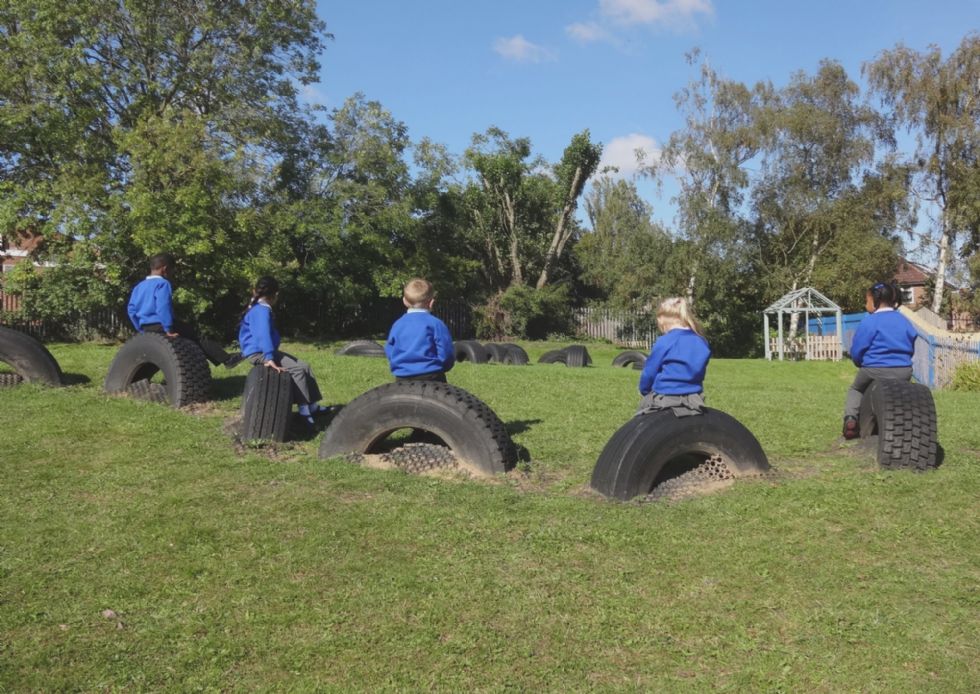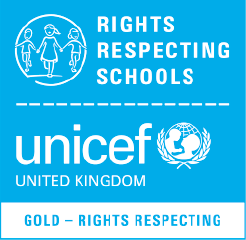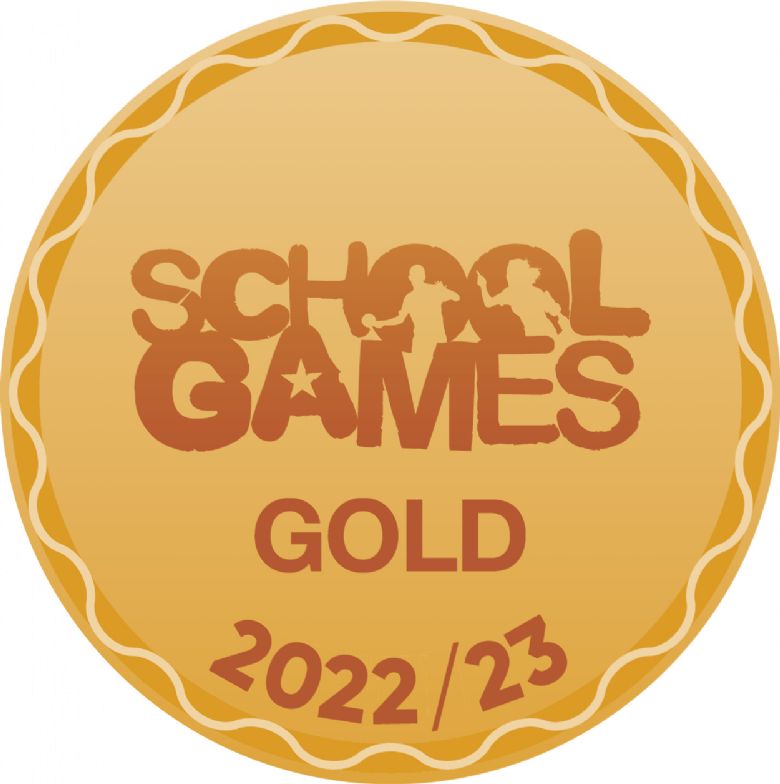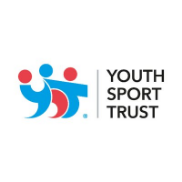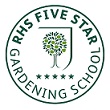Art
“The aim of art is not to represent the outward appearance of things but their inward significance”
Aristotle
Art, craft and design embody some of the highest forms of human creativity. A high quality art and design education should engage, inspire and challenge pupils, equipping them with the knowledge and skills to experiment, invent and create their own works of art, craft and design. As pupils progress, they should be able to think critically and develop a more rigorous understanding of art and design. They should also know how art and design both reflect and shape our history, and contribute to the culture, creativity and wealth of our nation. (NC2014)
WE CAN provide teaching that develops knowledge and skills so children can learn and progress effectively
In Year 1-6 Art is taught in blocked units. In the EYFS, it is taught regularly as part of the Expressive Arts and Design area of learning.
The curriculum follows skills of drawing, painting, 3D work and mixed media. It is planned so that children are able to apply the art skills they have learnt to explore the work of notable artists producing work inspired by this.
In the Early Years, children learn to express their ideas and to experiment with different materials.
In Key Stage One, children learn to draw people and plants. They paint in the style of the Pop artists and Henri Matisse. Children create clay models inspired by Andrew Goldsworthy’s Iron Man and printing in the style of William Morris.
In Lower Key Stage Two, children learn to draw still life and portraits. They paint in the style of the impressionists and Van Gogh. Children produce a mixed-media project using textiles and digital technology.
In Upper Key Stage Two, children learn to draw landscapes and building. They paint in the style of the impressionists and Frida Kahlo. Pupils create sculpture using wire, foil and clay in the style of William Calder.
Vertical links are embedded through the Art curriculum and children build on knowledge and skills they have learnt in previous years. For example, children in Year 3 draw on what they have learnt about drawing people and portraits in Years 1 and 2 to understand the rules they are breaking with Picasso’s work. Children in Year 6 can draw on their prior experience of making clay figures in Year 1 and wire sculpture in Year 5.
Diagonal and horizontal links are made to learning in other subjects.
Chocolate chip events enhance the curriculum offer. In Reception a share session allows children to share the experience of painting Chinese dragons with parents. In Year 3, children share their completed mixed-media work.
Children make links to maths when thinking about the shapes needed to represent what they are drawing or painting. They read to find out about the artists they are learning about and use spoken and written communication to share and record evaluations of their own and others’ work.
Art is included in the annual planned cycle for homework projects. This allows children to engage in artistic learning at home with their families.
WE CAN offer enriching activities, event and experiences
Art often features as a vehicle for expression during our termly Whole School Days or Junior Leader Days. For example, children explored the way art can relax you during our Outright Day. On Road Safety day, there was a poster competition.
Art work is an important part of the calendars each child produces in December each year and the cards children produce to mark religious celebrations throughout the year.
Within the school year Art Club is offered to keen artists. This helps them refine their art skills and learn more in depth about famous artists and forms of art.
WE CAN work together to remove barriers and ensure equality
Lessons are carefully sequenced to ensure all children, regardless of their natural talent for art, are able to progress and succeed. The most able artists are challenged with additional complexity of tasks. Many children on our EAL or Special Needs register find that because it is not reliant on language or writing, Art is a subject where they are able to access learning in line with their peers.
WE CAN build independent and resilient learners who are able to communicate confidently
Art promotes individuality and to succeed children need to build independence.
The process of producing, evaluating and improving art works gives children a forum to build a growth mindset and to apply their own resilience.
Children develop communication skills as they are encouraged to discuss and evaluate their work with peers.
WE CAN listen to and treat each other and all members of the community with respect, tolerance and concern
Children are taught to share their opinions about art work. They are taught to phrase any criticism respectfully and to respect others’ views.
WE CAN recognise ability, maximise potential and prepare children well for their future and life in modern Britain
Learning about artists who form part of the UK’s cultural canvas provides children with the cultural capital they need as modern British Citizens.
An interest in art at primary school may lead children into design or creative careers in the future lives.
Online Learning
Visit an art Gallery from the comfort of your home
National Gallery
The Tate for kids
Museum of Modern Art
Follow a drawing tutorial
Rob Biddulph
Do some colouring in!
Colouring 4 All

